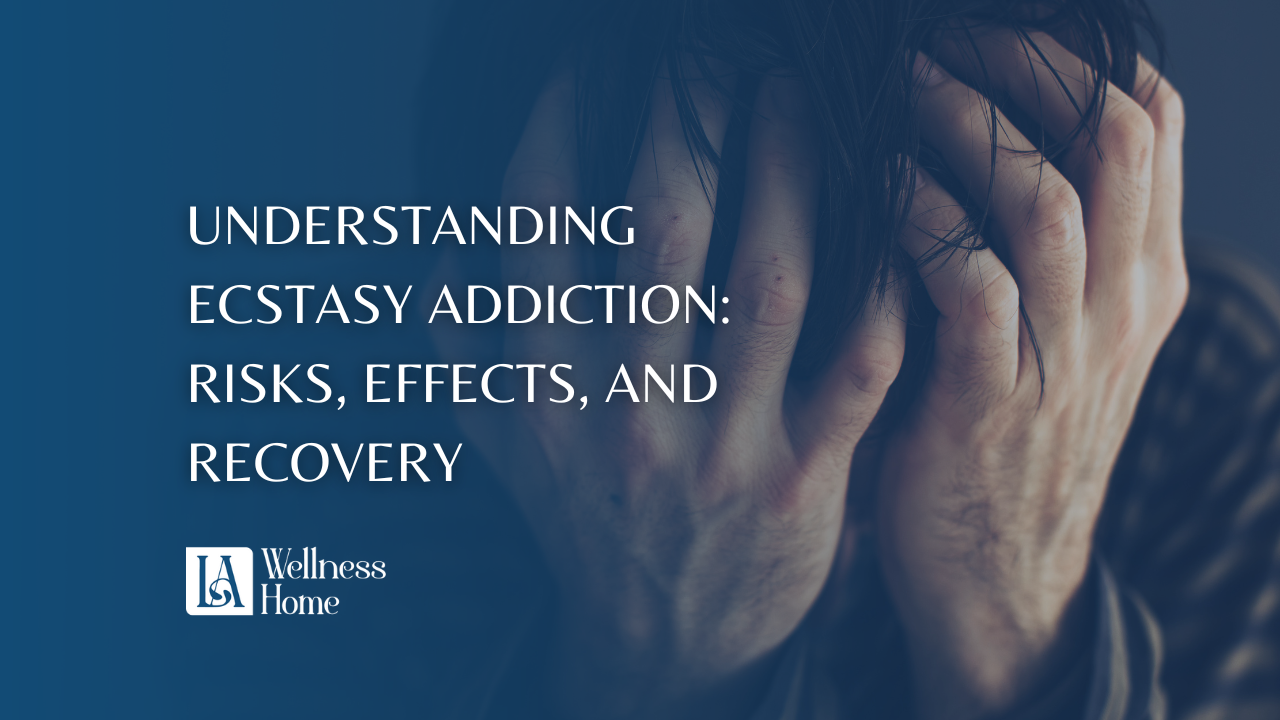The synthetic drug ecstasy, often known as MDMA, Molly, or ecstasy has stimulant and hallucinogenic effects. Ecstasy has been Popular since the 1980s, and now it’s mosrly popular among young individuals (20–30 years old) . Despite its seeming innocent, MDMA addiction has serious risks to one’s bodily and emotional well-being.
Why Is Ecstasy Dangerous?
MDMA affects brain chemistry, causing euphoria, energy bursts, and emotional warmth. However, its dangers include:
Contamination — Street ecstasy is often mixed with methamphetamine, caffeine, or unknown chemicals, raising overdose risks.
Health Risks — Combined with alcohol or other drugs, MDMA can cause dehydration, overheating (hyperthermia), organ failure, and heart complications.
Addiction — Addiction: Regular usage causes tolerance, which leads to increased dosages. Ecstasy takes the place of natural joy, leading to emotional numbness and dependence.
Addiction to MDMA frequently leads to cravings and difficulty quitting.
Sometimes it can cause death.
Withdrawal symptoms include mood swings, anxiety, hopelessness, and insomnia.
Recovery and Treatment for Addiction
Overcoming an ecstasy addiction requires professional guidance. Inpatient rehabilitation offers both therapy and medical care. Long-term addiction therapy involves care in a treatment facility in Los Angeles or elsewhere.
The first step in overcoming MDMA addiction is being aware of the effects.


